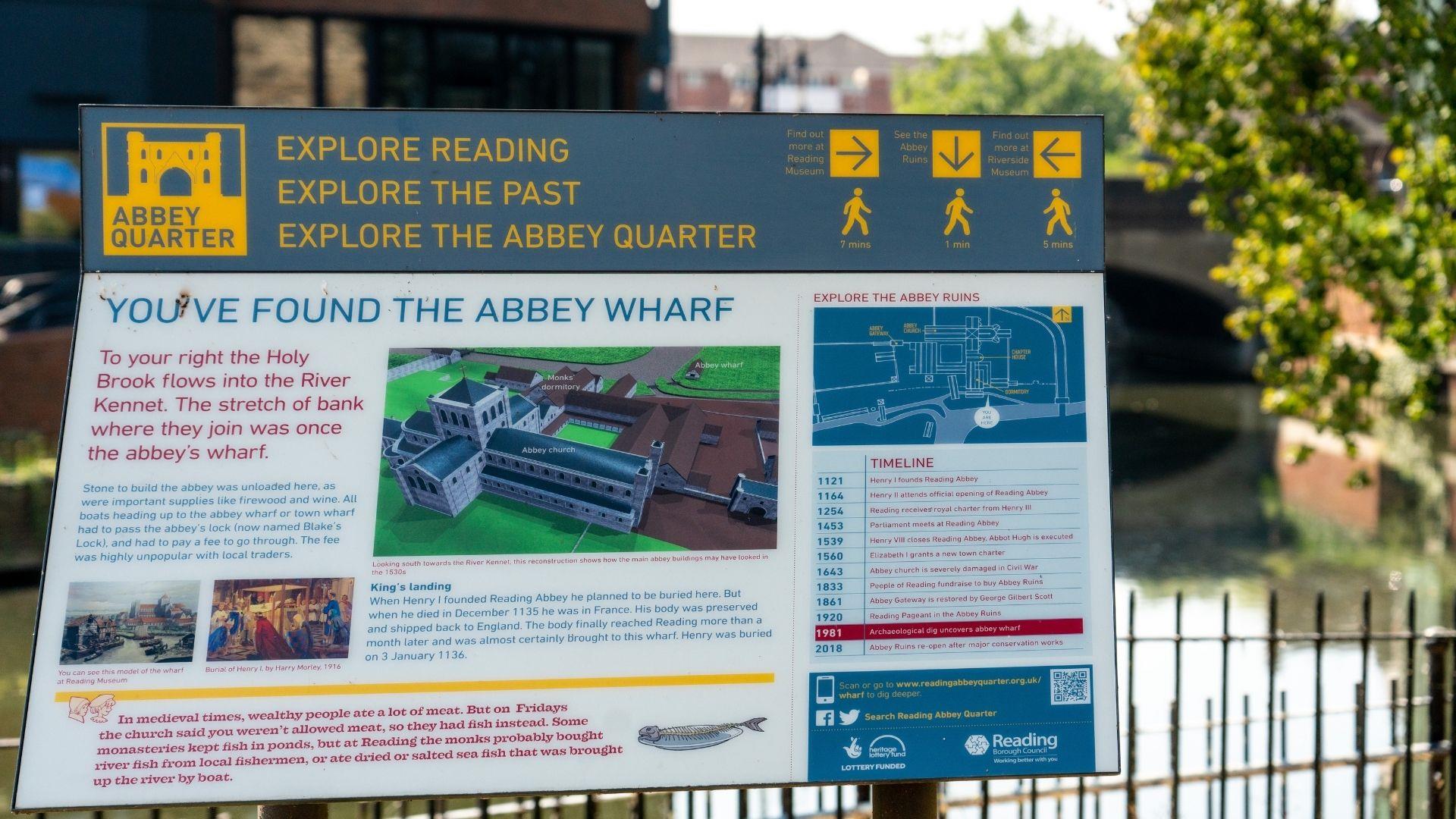
My Planner
To build your own Itinerary, click  to add an item to your Itinerary basket.
to add an item to your Itinerary basket.
Already saved an Itinerary?

- Things to Do
- Where To Stay
- Food and Drink
- Shopping
- What's On
- Explore
- Ideas & Inspiration
- Visitor Info
 Abbey Quarter
Abbey Quarter Roseate Reading Hotel
Roseate Reading Hotel The Caversham Princess, one of Thames River Cruise circular cruise boats at Caversham Pier on the River Thames
The Caversham Princess, one of Thames River Cruise circular cruise boats at Caversham Pier on the River Thames
You are here: Ideas & Inspiration > Itineraries & Breaks
-
Accommodation
-
Things to Do
-
Food & Drink
-
Shopping
Whether you’re planning to make Reading your base for a weekend or flying through on a day trip, there is so much to do to fill your time. We’ve put together some example Reading itineraries & breaks to give you a start - but make sure you check out what’s on and all the attractions on offer in Reading to make the most of your time in Reading.
-
Day trips: if 24 hours in Reading is all you have, don’t fret! We have a jam-packed itinerary to help you see the very best of our town on a day visit.
-
Weekend breaks: Reading is a great choice for a weekend break. Take a look at our sample itinerary for a range of ideas to spend a weekend in our wonderful town, from arts and culture to on the water fun.
-
Heritage and H20: Heritage and water are both in Reading’s DNA, with a long-standing and important history as a waterside town and rich culture which spans back to almost a millennium. In this tailored itinerary, we’ve pulled out the very best on the water and heritage activities in Reading.
-
Pilgrimage: Reading makes a great starting point for the many walking and cycling routes the South offers. Reading is the departure point for modern pilgrims and walkers retracing the steps of medieval pilgrims along St James’ Way to Southampton and then on to Galicia in north-west Spain to join the Camino Ingles, one of the routes of the world-famous Camino de Santiago.
-
Luxury Reading: For those who fancy seeing Reading in style, we take a look at some of the finer things on offer in Reading, from 5 star hotels to michelin star dining.
Inspiration
© Visit Reading 2025. All Rights Reserved







